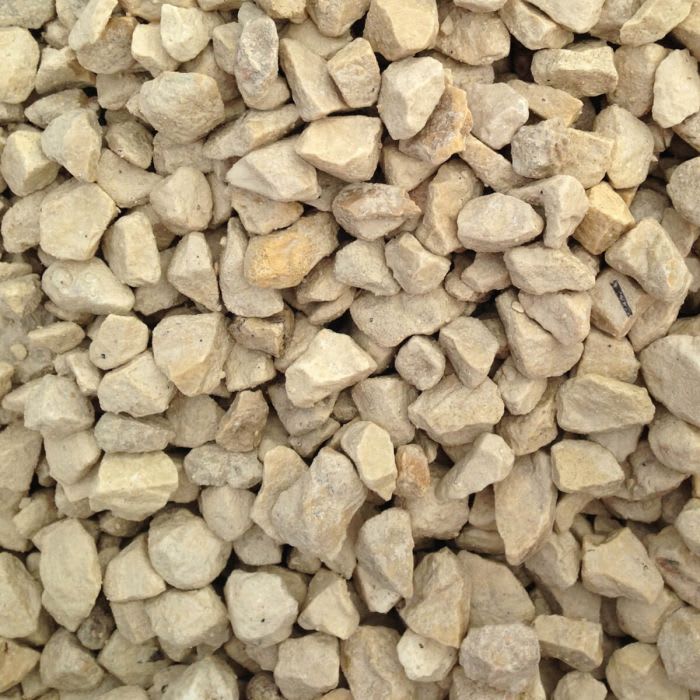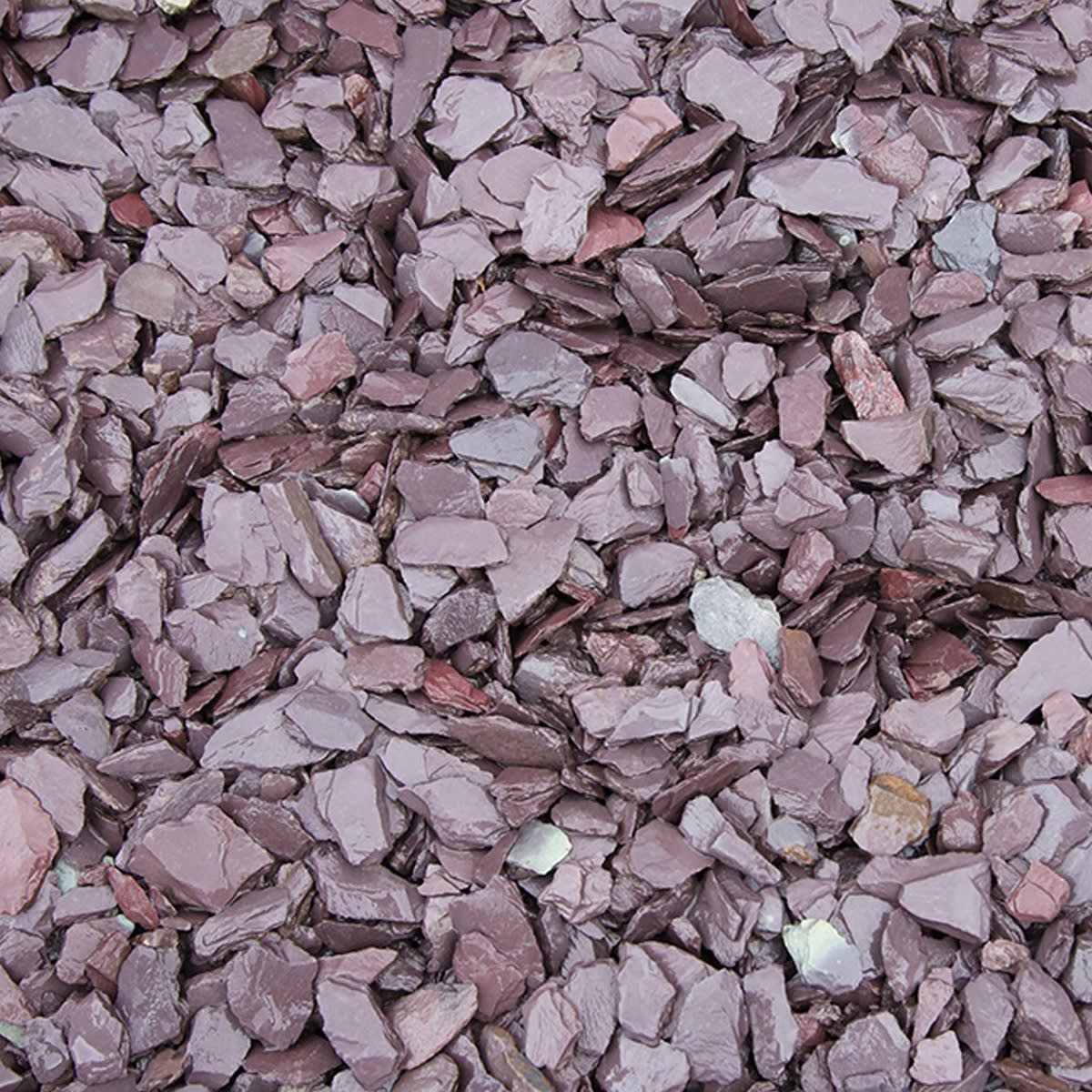Decorative Stones & Gravel
(25 Products)Decorative gravel and stones are one of the easiest ways to give outdoor spaces a cleaner, more polished look. Whether you’re tidying up borders or redoing a path, they’re simple to use, low-maintenance, and available in styles that work with just about any garden.
What Are Decorative Stones & Gravel?
Decorative gravel and stone have been part of landscaping for as long as people have shaped outdoor spaces. There’s a simplicity to them - a way of finishing a garden or driveway without overcomplicating things.
They’re easy to work with, easy to maintain, and when chosen well, they lift the whole look of a space without shouting for attention.
A lot of what makes gravel and stone so popular comes down to practicality. They're good at solving common problems in the garden (like poor drainage or weedy edges) but they also look tidy while doing it.
You’ll often see them used in places where water tends to sit after heavy rain, or along borders where grass meets paving. A layer of stone in these areas helps water drain better and makes the space feel more finished.
At the same time, they can act as a design feature. Certain stones, especially those with colour or texture, bring contrast to softer planting. In more modern designs, a bold slate or granite chipping can make a big impact, especially against lighter paving or timber features.
Choosing the Right Style
There’s no one-size-fits-all here. Some people go for soft-toned gravel that blends into a traditional garden. Others choose dark, sharp-edged slate to pair with more contemporary settings. The type of stone, its colour, and how it’s laid all play a part in the final feel of the space.
Smooth pebbles, for instance, give a relaxed, natural look, often used around ponds or water features. Angular gravel, on the other hand, tends to lock together when walked on, making it better suited to driveways or paths where the ground needs to stay firm underfoot.
Maintenance
One of the biggest benefits of using stone is how little maintenance it requires. Unlike wood chips or bark chippings, it doesn’t rot or blow away. You might give it a rake now and again to level out the surface, and if weeds do manage to poke through, they’re usually sparse and easy to deal with.
It also holds up well to the weather. Heavy rain drains through quickly, and most quality stones won’t fade too much with sun exposure. Over time, the surface may bed in a little, but many people actually prefer that lived-in look.
Installation Tips
Before laying any sort of decorative stone, it’s worth thinking through the base. A good foundation, often with a weed membrane and possibly a sub-layer of compacted material, goes a long way in keeping the surface neat and in place.
Depth is another factor. Too shallow and the stone shifts too easily or reveals the membrane below. Most paths or driveways need at least 4 to 5 centimetres of coverage.
And if you want clean lines, you’ll need some kind of border, whether that’s timber, brick, or metal, to stop the gravel spilling out into lawns or flower beds.
Frequently Asked Decorative Stones & Gravel Questions
Will Gravel Prevent Weeds From Growing?
Yes, to a degree. Gravel laid directly on soil won’t stop weeds on its own, but when installed over a suited weed membrane, it becomes much more effective. While you might still see the occasional weed, they’ll be far fewer and easier to remove.
Will Gravel Wash Away in Heavy Rain?
If installed properly, it shouldn’t. A compacted base, edging, and the right gravel size (typically 14-20 mm angular stone) help keep it in place. On steep slopes or poorly prepared areas, smaller or rounded stones are more likely to shift.
Is Gravel Suitable for Driveways?
Yes, as long as you use the right type. Driveways need angular gravel that locks together, ideally in the 14-20mm range. Rounded or smooth gravel moves too easily under tyres and isn’t recommended for high-traffic use.
Can I Use Gravel Around Plants?
Absolutely. Gravel works well in borders and rockeries. It helps keep moisture in the soil, suppresses weeds, and adds a tidy finish. Just don’t pile it up against plant stems, it can trap moisture and encourage rot.
What’s the Difference Between Angular and Rounded Gravel?
Angular gravel has sharp edges that interlock, making it ideal for driveways and paths. Rounded gravel, like pea shingle, is smoother and shifts more easily, making it better suited for decorative areas where traffic is light.
Do I Need Edging Around Gravel Areas?
It’s not a must, but edging helps keep gravel from spilling onto paths, lawns, or soil. It also gives the area a cleaner, more intentional look. Timber, stone, metal, or plastic options all work depending on your layout.
Does Decorative Gravel Require Much Maintenance?
Not really. It’s low-maintenance compared to grass or paving. An occasional rake to level the surface, and perhaps a top-up every few years, is usually all it takes. If laid over a membrane, you’ll also spend less time pulling weeds.
























